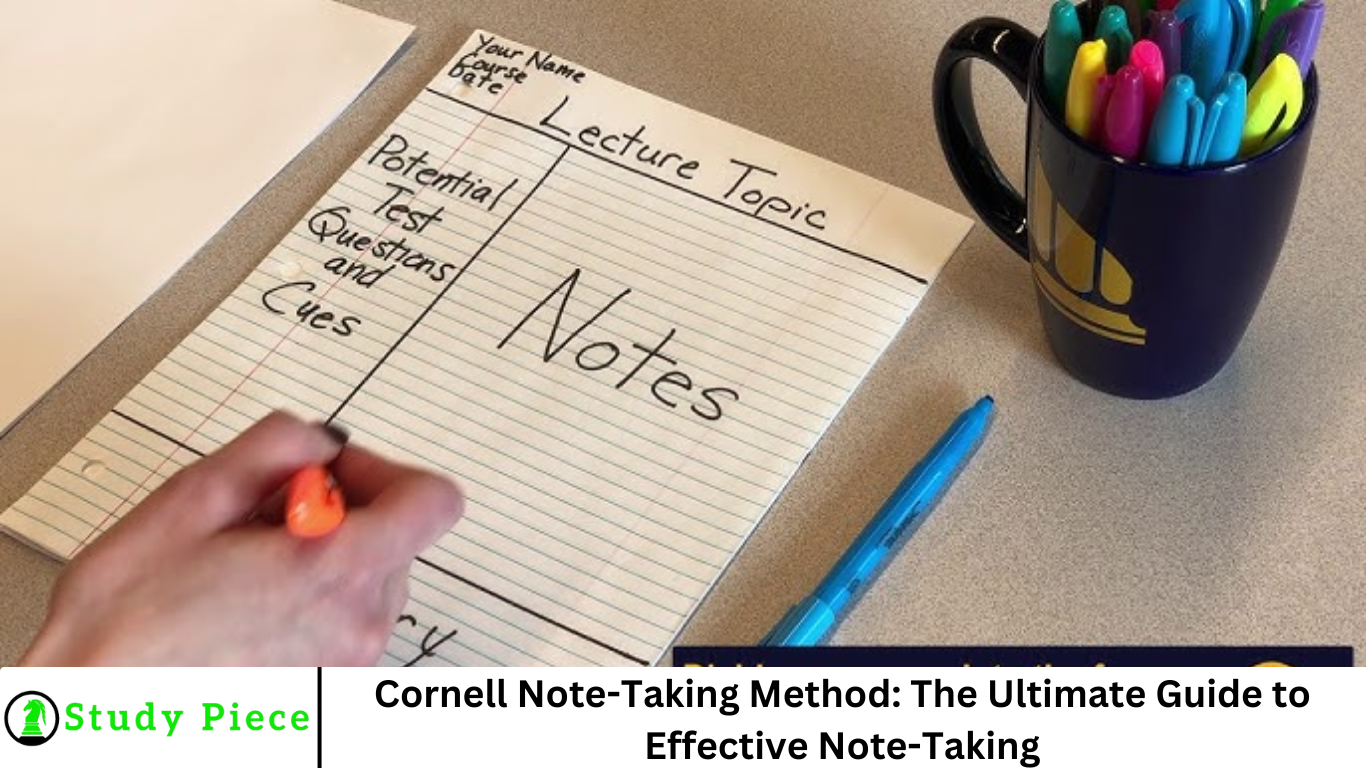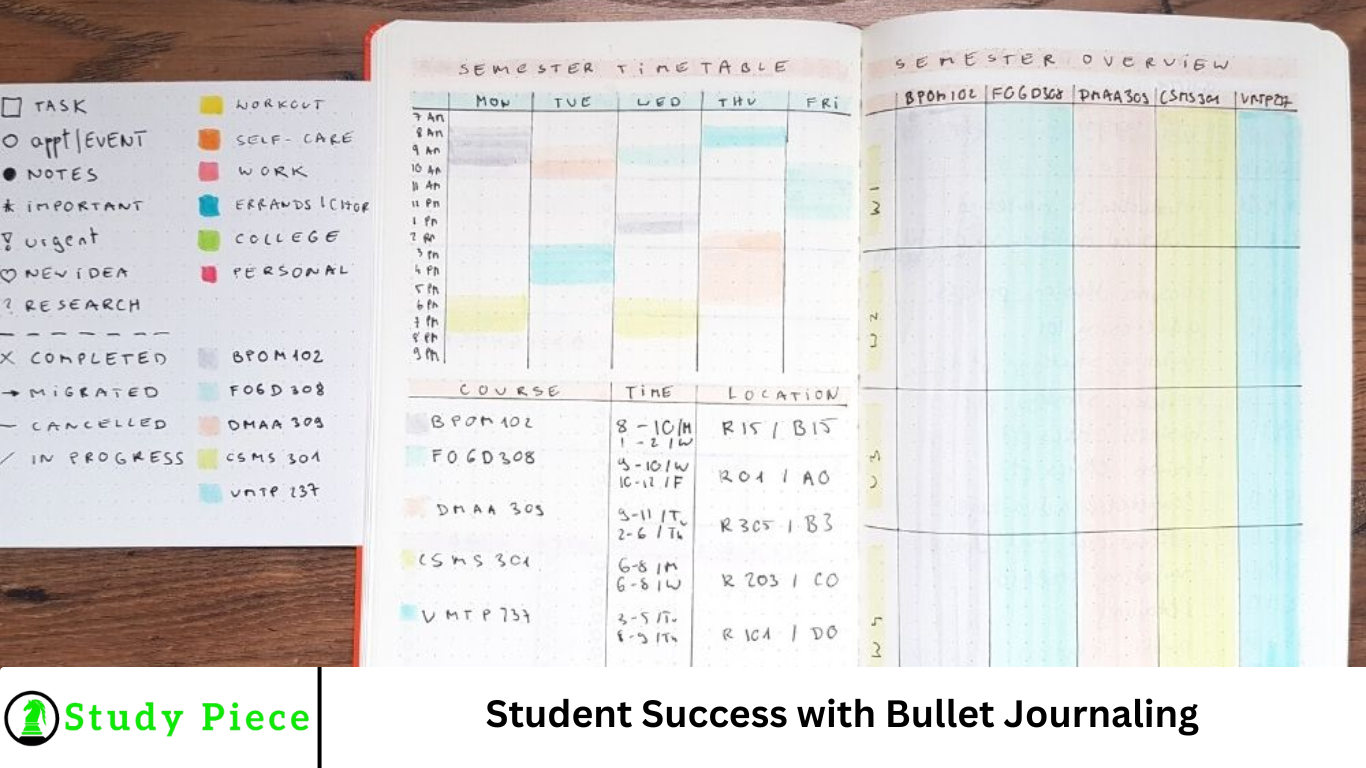Digital distractions and information overload, effective note-taking is more important than ever. Whether you’re a student, a professional, or a lifelong learner, capturing and retaining key information can dramatically improve your productivity and comprehension.
Among the myriad note-taking systems available, the Cornell Note-Taking Method stands out as one of the most effective and time-tested. This ultimate guide will explain what the Cornell Method is, how to use it, and why it might be the key to unlocking your learning potential.
More Read: 22 Brain Exercises to Boost Memory, Sharpen Thinking, and Spark Creativity
What Is the Cornell Note-Taking Method?
The Cornell Note-Taking Method was developed in the 1950s by Dr. Walter Pauk, an education professor at Cornell University. Designed to help students organize their notes efficiently and boost retention, the method has stood the test of time and remains popular among educators and learners alike.
The system divides a single page into three distinct sections:
- Cue Column (Left)
- Note-Taking Area (Right)
- Summary Section (Bottom)
Each section has a specific purpose that aids in active engagement with the material, promoting deeper understanding and longer-term memory retention.
Why Use the Cornell Note-Taking Method?
Before diving into how to implement the method, it’s important to understand why it’s so effective. Here are several key benefits:
- Encourages Active Learning: By dividing information into questions, notes, and summaries, students are encouraged to engage with the content actively.
- Improves Comprehension: Organizing notes into digestible sections helps clarify key concepts.
- Enhances Review: The structure makes it easy to quiz yourself and review later.
- Promotes Critical Thinking: Writing cues and summaries requires interpretation and synthesis.
- Adaptable: Whether in a lecture, a meeting, or self-study, the Cornell Method fits various contexts.
How to Use the Cornell Note-Taking Method
1. Prepare Your Page
Begin by dividing your page into the following sections:
- Draw a vertical line about 2.5 inches from the left edge of the paper to create the Cue Column.
- Use the remaining right-hand side for the Note-Taking Area.
- Leave about 2 inches at the bottom of the page for the Summary Section.
You can do this manually with a notebook or use digital templates available for tools like Microsoft OneNote, Evernote, or Notion.
2. Take Notes During the Lecture or Reading
In the Note-Taking Area, jot down important information during your class, meeting, or while reading. Use bullet points, abbreviations, and diagrams to capture the essence of the material without writing every word.
Tips for effective note-taking:
- Focus on main ideas and supporting details.
- Use your own words.
- Skip lines between ideas to keep your notes organized.
3. Write Questions or Keywords in the Cue Column
After the session, go back and reflect on the notes. In the Cue Column, write down:
- Keywords
- Questions that your notes answer
- Prompts that encourage deeper thinking
This column acts as a powerful review tool. Later, you can cover the notes section and quiz yourself using the cues.
4. Summarize the Information
At the bottom of the page in the Summary Section, write a concise summary of the entire page. This reinforces your understanding and helps consolidate the information.
A good summary should:
- Be written in your own words
- Highlight key themes or insights
- Be brief (3-5 sentences)
5. Review Regularly
To make the most of the Cornell Method, review your notes regularly. Use the Cue Column to test your recall and read the summary to reinforce concepts. Spaced repetition and active recall are proven techniques for long-term retention.
Real-World Applications of the Cornell Method
The Cornell Note-Taking Method isn’t limited to the classroom. Here are several ways you can apply it in various settings:
- Students: Organize class notes, prepare for exams, and review textbook chapters.
- Professionals: Take structured notes during meetings, training sessions, or webinars.
- Writers & Researchers: Analyze articles, books, or lectures for important insights.
- Language Learners: Break down vocabulary, grammar rules, and practice exercises.
- Self-Improvement: Track learnings from podcasts, TED Talks, or self-help books.
Digital Tools for Cornell Note-Taking
While the method originated with pen and paper, several digital tools have adapted it for modern use:
- Microsoft OneNote: Create custom page templates with Cornell layout.
- Notion: Use tables or toggle blocks to mimic the Cornell structure.
- Evernote: Tag and organize notes for easy retrieval and review.
- GoodNotes / Notability: Excellent for handwritten notes on tablets with styluses.
Using digital tools can enhance your note-taking with features like cloud sync, multimedia integration, and searchable text.
Tips for Mastering the Cornell Note-Taking Method
- Stay Consistent: The more consistently you use the format, the more effective it becomes.
- Review Within 24 Hours: Reinforce memory by filling in the Cue Column and Summary Section shortly after taking notes.
- Use Visuals: Incorporate diagrams, charts, and symbols where helpful.
- Keep It Simple: Avoid overcomplicating your notes. The goal is clarity and focus.
- Adapt as Needed: Don’t be afraid to tweak the format to suit your learning style.
Common Mistakes to Avoid
- Skipping the Cue Column or Summary: These sections are vital for reinforcing understanding.
- Writing Too Much: Don’t try to capture everything verbatim; focus on key ideas.
- Not Reviewing: The Cornell Method shines when used actively and reviewed regularly.
- Overcomplicating the Layout: Keep the structure clean and simple to avoid cognitive overload.
Frequently Asked Question
What is the Cornell Note-Taking Method?
The Cornell Note-Taking Method is a systematic format for organizing notes developed by Dr. Walter Pauk at Cornell University. It divides a page into three sections—cue column, note-taking area, and summary—to enhance comprehension, retention, and review of information.
How does the Cornell Method improve learning and retention?
By encouraging active engagement, reflection, and summarization, the Cornell Method supports critical thinking and memory consolidation. Reviewing with cues and summaries also strengthens recall through spaced repetition and self-testing.
Can the Cornell Method be used for subjects like math or science?
Yes. While especially popular in humanities and social sciences, it’s also effective for technical subjects. You can use the cue column for formulas or questions and the main area for problem-solving steps, diagrams, or explanations.
Is the Cornell Method suitable for digital note-taking?
Absolutely. Many apps like Microsoft OneNote, Notion, Evernote, and GoodNotes support customizable templates that replicate the Cornell format, allowing you to take and review notes digitally with added multimedia and search functionality.
How often should I review my Cornell What should I include in the cue column?
The cue column should contain:
- Key terms
- Questions your notes answer
- Prompts for self-testing
- Concepts to connect with prior knowledge
These cues help you actively recall and organize the material mentally.
Can the Cornell Method be customized?
Yes. While the core layout remains the same, you can adapt it to fit your needs—for example, adding color-coding, symbols, or digital tags. The flexibility of the format is one reason it remains relevant across disciplines and learning styles.
Conclusion
The Cornell Note-Taking Method is more than just a way to jot down information—it’s a learning strategy that promotes active engagement, critical thinking, and long-term retention. With its simple yet powerful structure, it can transform how you learn, work, and retain knowledge. Whether you’re a student aiming for academic success or a professional looking to stay organized, mastering the Cornell Method is a smart investment in your personal and intellectual growth.



